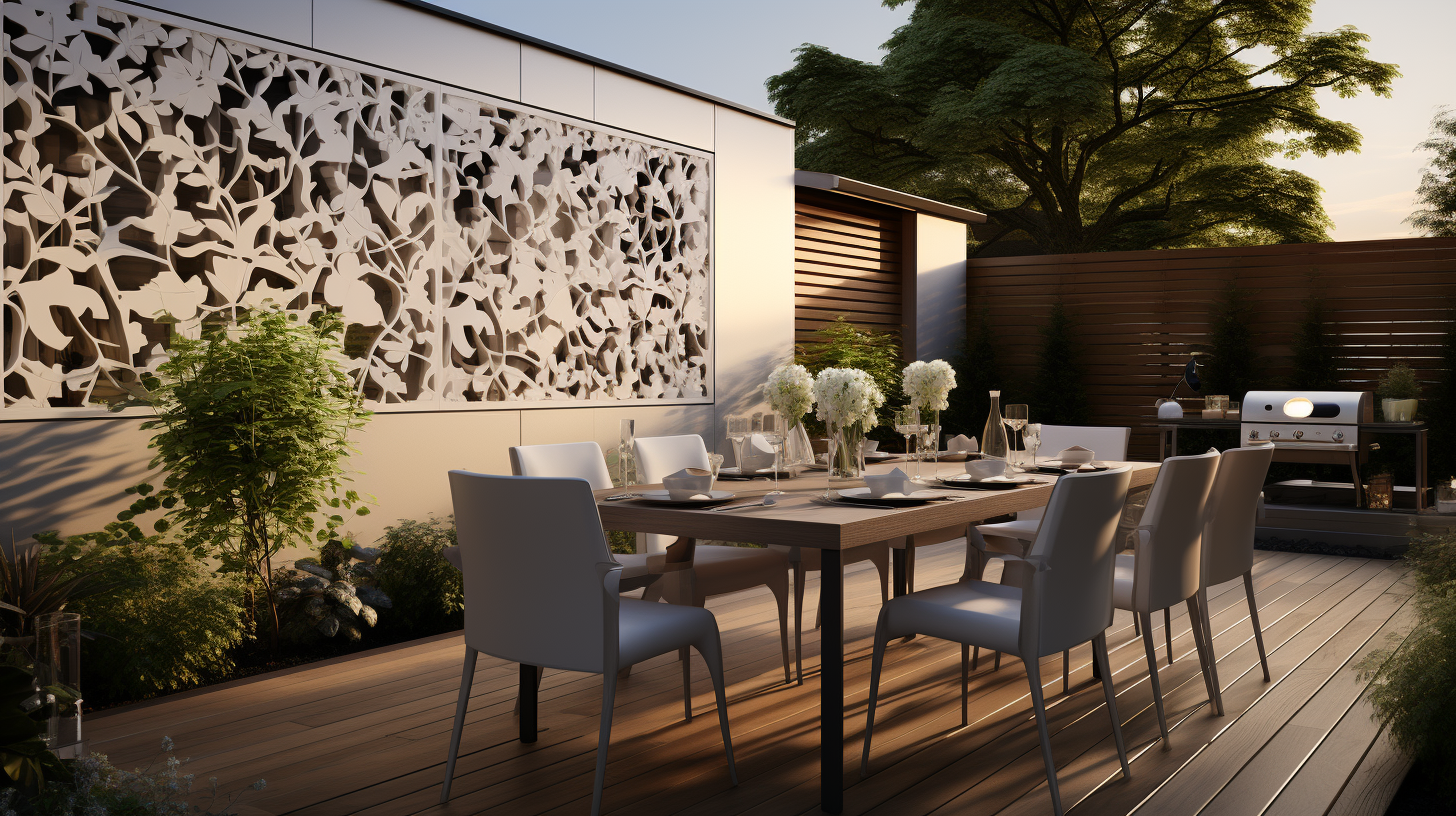Are you tired of the incessant noise disrupting your peace at home or work? Imagine a life where external sounds like traffic, loud neighbors, or construction noises don’t dictate your comfort.
That’s precisely where acoustic fence panels come into play. These aren’t your ordinary fences; they are engineered to absorb and reduce noise, offering you the sanctuary of silence you’ve been craving.
In this guide, we’ll unpack everything you need to know about acoustic fence panels—from their science to their benefits.
So, let’s dive into the details.
What Are Acoustic Fence Panels?
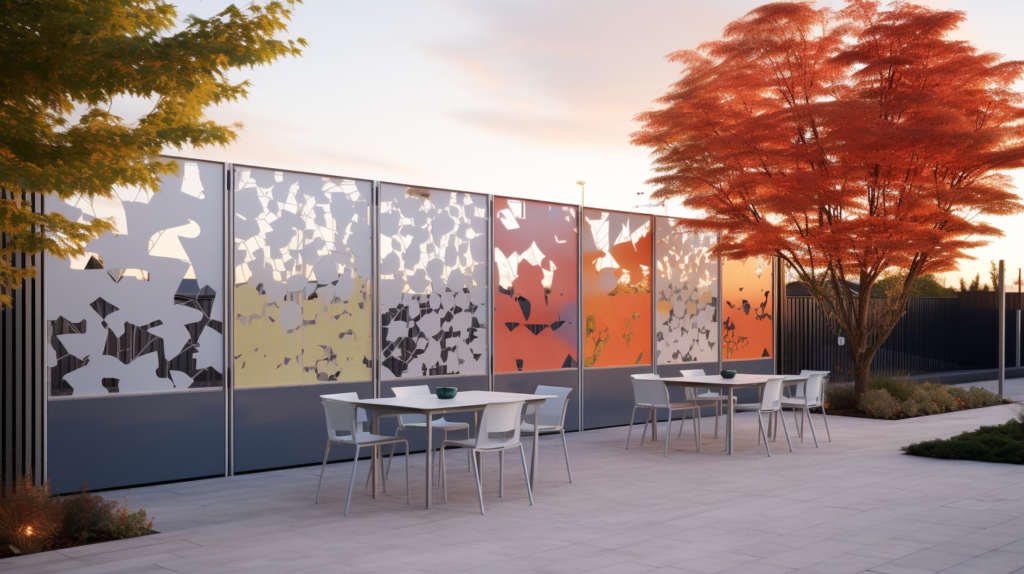
If you’ve been considering ways to reduce noise levels in your environment, you may have stumbled upon the term “acoustic fence panels.”
But what exactly does it mean? Acoustic fence panels are specialized fencing options explicitly designed to absorb and reduce noise.
Unlike regular fences that merely serve as physical boundaries, acoustic fences offer the added advantage of sound insulation.
Materials play a crucial role in the effectiveness of an acoustic fence.
While traditional fences might be constructed from standard wood or metal, acoustic fences often incorporate materials engineered for sound absorption.
Among these, polyester acoustic panels are gaining popularity for their lightweight nature, ease of installation, and impressive sound-absorbing capabilities.
These panels are not only effective but also come in various designs and colors, making them a versatile choice for many homeowners and commercial properties alike.
How Do Acoustic Fences Work?
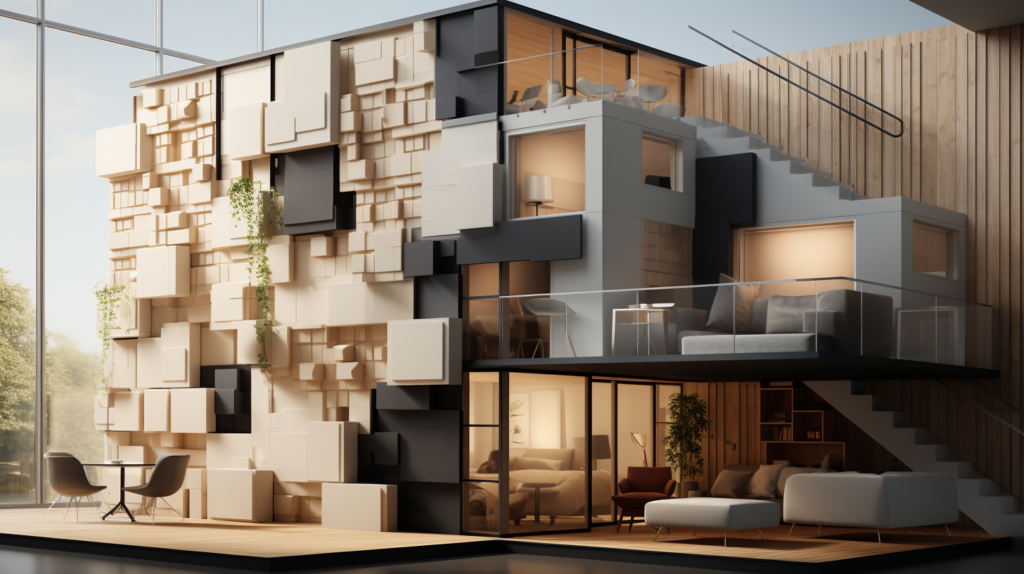
If you’re not a physicist or an acoustics engineer, the science of sound can seem a bit complex. However, understanding the basics can go a long way in helping you choose the right acoustic fence.
In the simplest terms, sound travels in waves. When these waves hit an object, several things can happen: they can be absorbed, reflected, or diffracted (spread out).
The efficacy of an acoustic fence lies in its ability to perform these actions to varying degrees.
To dive a bit deeper, let’s consider the material of the fence.
Denser materials are generally better at absorbing lower-frequency sounds, while softer, porous materials are better for higher frequencies.
Polyester acoustic panels, for example, have been engineered to have a porous structure that effectively traps sound waves.
This results in superior sound absorption and a notable reduction in noise pollution.
When a sound wave hits a polyester acoustic panel, it gets trapped in the porous material and is converted into a minuscule amount of heat, dissipating the sound and reducing its impact.
What Benefits Can You Expect From Acoustic Fencing?

When you invest in an acoustic fence, you’re not just buying wooden planks or metal sheets; you’re investing in a quieter, more peaceful living space.
The most immediate and obvious benefit is noise reduction.
Whether you live near a busy road, have noisy neighbors, or simply wish to create a more tranquil garden space, an acoustic fence can significantly lower ambient noise.
This makes it easier to focus on tasks, enjoy conversations, and even sleep better at night.
Beyond noise reduction, acoustic fences offer additional benefits that are sometimes overlooked. One such advantage is enhanced privacy.
In today’s crowded world, a little extra privacy is always welcome. Acoustic fences are usually taller and denser than regular fences, making it difficult for onlookers to peer into your property.
This additional height and density also mean that sounds from within your property are less likely to escape, providing an extra layer of privacy.
Is a Soundproof Fence the Same as an Acoustic Fence?

If you’ve begun researching ways to reduce noise in your environment, you’ve likely come across the terms “soundproof” and “acoustic” and may be wondering if they’re interchangeable.
While both soundproof and acoustic fences aim to mitigate noise, they operate on different principles.
A soundproof fence is designed to completely block out sound, which is often an impractical and expensive endeavor that requires specialized materials and construction techniques.
An acoustic fence, on the other hand, is engineered to absorb and reduce sound, making the environment quieter but not entirely sound-free.
This is an important distinction, as complete soundproofing often involves complex construction methods, special materials, and can be prohibitively expensive.
Acoustic fences are generally easier to install, more versatile, and more cost-effective, making them a popular choice for residential, commercial, and industrial applications.
They offer a practical way to significantly reduce noise without the need for specialized construction techniques or materials.
What Do Acoustic Fences Typically Look Like?
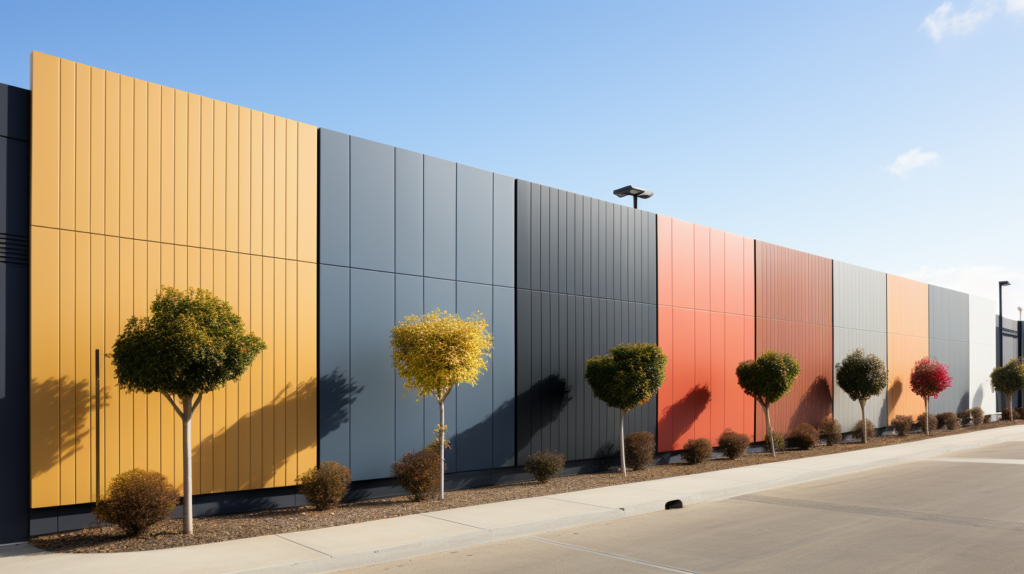
When it comes to home improvements, functionality is important, but aesthetics also matter. You might be wondering whether installing an acoustic fence means sacrificing the visual appeal of your property.
The good news is that acoustic fences come in a wide array of designs, colors, and finishes to complement any architectural style.
From traditional wooden slats to sleek, modern metal panels, there’s an acoustic fence to match every aesthetic preference.
Moreover, the texture and finish of your acoustic fence can also be customized to suit your taste.
Whether you prefer a smooth, polished surface or a more rustic, textured finish, there’s likely an option that satisfies your requirements.
The versatility of polyester acoustic panels also extends to their appearance.
These panels can be manufactured in various colors and finishes, offering both functional and aesthetic flexibility.
This means you can enjoy the benefits of a quieter environment without compromising on style.
How Do You Install an Acoustic Fence?

The thought of installing an acoustic fence might seem intimidating, especially if you’ve never tackled a home improvement project of this scale before.
However, with the right tools and a well-thought-out plan, it’s a project that many homeowners can handle themselves. The first step in installing an acoustic fence is preparation.
You’ll need to measure the area where the fence will go, making sure to account for any obstacles like trees or utility lines. Once the measurements are taken, you can determine how many panels you’ll need.
After gathering all the necessary materials, you’ll move on to the next phase, which is preparing the ground.
This involves clearing any debris, removing obstacles, and potentially leveling the land. After the ground is prepared, you’ll dig holes for the fence posts.
These posts serve as the backbone of your fence, providing the structure that will hold up your acoustic panels.
It’s crucial to ensure that they’re level and evenly spaced. Once the posts are in place, you’ll attach the horizontal rails that will hold the acoustic panels.
With the frame set up, you can then proceed to attach the panels themselves, ensuring that they fit snugly and are securely fastened.
How Much Do Acoustic Fence Panels Cost?
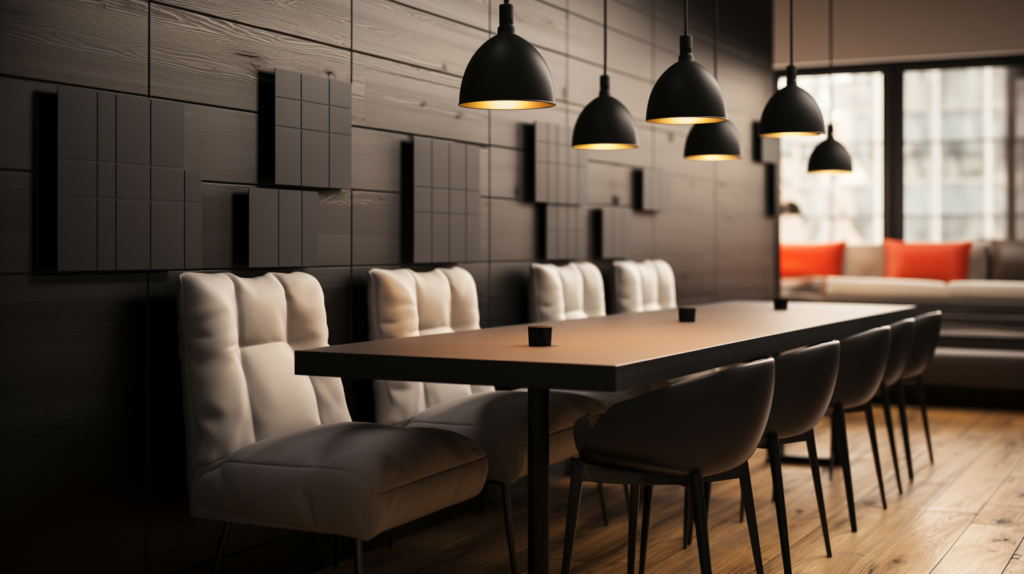
The cost of installing an acoustic fence can vary widely due to several influencing factors.
These factors include the material of the panels, the area you intend to fence, and whether you plan to undertake the project yourself or hire professionals.
A typical cost range for acoustic fence panels might be between $15 to $40 per square foot, depending on the quality and design.
Installation costs are another significant consideration. If you decide to employ professionals for the installation, costs can range from $10 to $30 per linear foot.
It’s worth noting that these are general estimates and can differ based on your location and the specific complexities of your project.
Additional costs may encompass gates, decorative elements, and any preparatory work like land leveling or tree removal.
For a more accurate estimate, it’s advisable to obtain multiple quotes from different suppliers and contractors.
While the upfront cost might seem substantial, the long-term benefits of reduced noise and increased privacy can significantly improve your quality of life, making it a worthwhile investment.
Where Can You Buy Acoustic Fence Panels?

Once you’ve made the decision to invest in an acoustic fence, the next logical question is where to purchase the materials.
Acoustic fence panels are available from a range of sources, including specialized retailers, large home improvement stores, and online platforms.
While purchasing online might offer the convenience of home delivery, buying from a physical store allows you to see and feel the material, providing a better sense of its quality and aesthetic.
Before making a purchase, thorough research is crucial. Look for customer reviews, and if possible, visit the retailer to inspect the materials in person.
Many retailers and manufacturers offer polyester acoustic panels, renowned for their effective sound absorption and lightweight nature.
These panels can be a great option if you’re looking for a balance between cost, effectiveness, and aesthetic appeal.
It’s always a good idea to consult experts or contractors who can provide insights into what type of acoustic fencing would best suit your specific needs.
Conclusion
By now, you’ve navigated the comprehensive landscape of acoustic fence panels, delving into their construction, functionality, aesthetic versatility, and cost considerations.
With an abundance of designs and materials to choose from, acoustic fences offer a highly adaptable solution to the pervasive issue of noise pollution.
Beyond merely dampening unwanted sounds, these fences bring additional layers of privacy and aesthetic value to your property, proving that practicality and style can coexist.
Choosing the right acoustic fence panel is not just a home improvement project; it’s an investment in your well-being.
Whether it’s enhancing your focus during work, providing a peaceful night’s sleep, or simply offering a respite from the hustle and bustle of daily life, the benefits are manifold and long-lasting.
As you consider making this valuable addition to your home or commercial space, remember that the key to a successful project lies in thorough research, thoughtful planning, and, when needed, professional guidance.
Thank you for taking the time to read this guide.
We hope it has provided you with the knowledge and confidence to take the next steps in creating a quieter, more serene environment for yourself and those around you.
